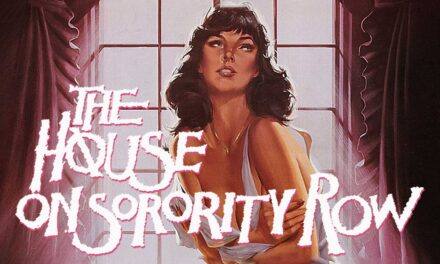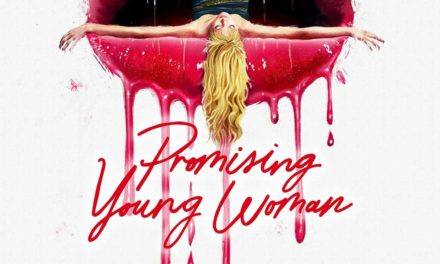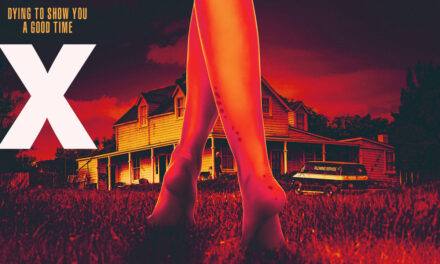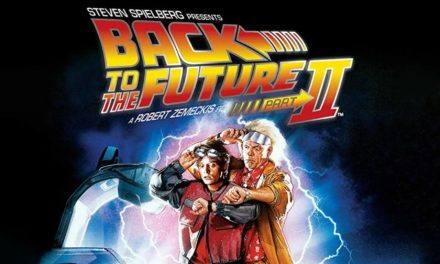After the success of Frankenstein in 1931, Universal Studios immediately wanted a sequel, but director James Whale wasn’t interested. Instead, he made 1932’s The Old Dark House and 1933’s The Invisible Man both for Universal and both financial successes. Realizing nobody could make a sequel as good as Whale, studio head Carl Laemmle, Jr. allowed Whale total creative control. Whale took advantage of this and took over many aspects of the production, including the script, production design, etc. Much of the original cast returned, including Boris Karloff and Colin Clive, as well as other actors Whale worked previously. Unfortunately, Mae Clark, who played Elizabeth in the original, was replaced by Valerie Hobson due to poor health. Thanks to his previous successes, Whale was given free rein for the sequel, though he went over budget and schedule. Finally, in April 1935, The Bride of Frankenstein was released to theaters.
%
Rating
Synopsis
Continuing from the last film’s ending, the villagers triumph over the monster’s supposed death from the burning windmill. Henry Frankenstein (Colin Clive), thought to be dead, is taken back home to be with his fiancee Elizabeth (Valerie Hobson). Unbeknownst to the villagers, the monster (Boris Karloff) has survived the fire and is on the run from the mob. Henry makes a recovery and is visited by Dr. Septimus Pretorius (Ernest Thesiger), who wants Henry to continue his work. Though reluctant, Henry is tempted and threatened by Pretorius to create a companion for his monster, a bride per see. Meanwhile, the monster gets captured by the villagers, escapes into the woods, befriends a blind hermit (O. P. Heggie). Through his experiences, the monster grows intelligent and learns to speak, and starts working with Pretorius to construct the bride. Soon, Henry and Pretorius successfully create the Bride of Frankenstein (Elsa Lanchester)!
Review
The Bride of Frankenstein is one of those rare instances where a sequel surpasses the original and then some. As good as the original was, this feels like James Whale was able to make what he wanted to make. Production-wise, it’s impressive to behold, from the grand manor and underground crypt to the laboratory and cemetery sets. There is plenty of fog, shadow, candlelight, fake backgrounds, and fake trees to give it that theatrical gothic look. Performance-wise, everyone does a phenomenal job, particularly Karloff, Klive, Thesiger, and Lanchester as both the bride and Mary Shelley. Speaking of, the opening prologue featuring her, Lord Byron, and Percy Shelley perfectly set up the film’s story and tone. Not only does it recap the first film, but it also sets up a more darkly comedic tone as well. Plus, Elsa Lanchester is absolutely gorgeous, clever, and witty as Mary Shelley.
Though not as over-the-top as before, Colin Clive still gives a solid performance, adding some humanity to the role. Originally mute in the previous film, Karloff gets to speak, giving solid deliveries while retaining his monstrous qualities. As Pretorius, Thesiger absolutely steals the show, playing an eccentric yet duplicitous doctor trying to tempt Henry along the way. Considering who James Whale was as a person, it’s safe to assume there may have been some slightly homoerotic tones. Regardless, it’s a wonderful performance that perfectly contrasts with Clive, who’s struggling between his past work and his current life. One major downside is that as iconic as the bride is, she doesn’t appear until the last 10-15 minutes. There are some other slight flaws, such as the monster disappearing through much of it, but that can be excused. Overall, The Bride of Frankenstein is the crown jewel of the Universal Monsters.
Buy The Bride of Frankenstein on Amazon: https://amzn.to/36BJPmw




